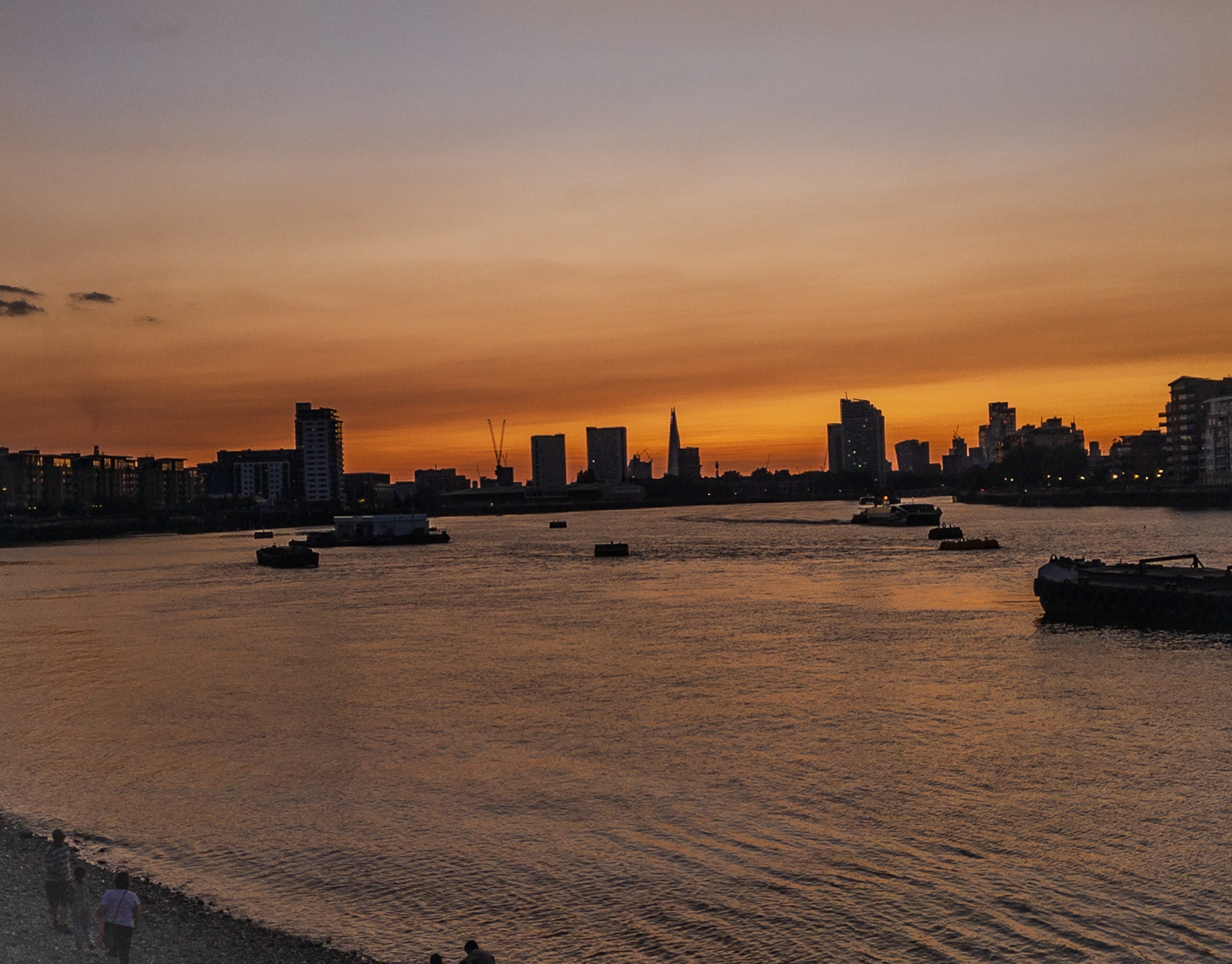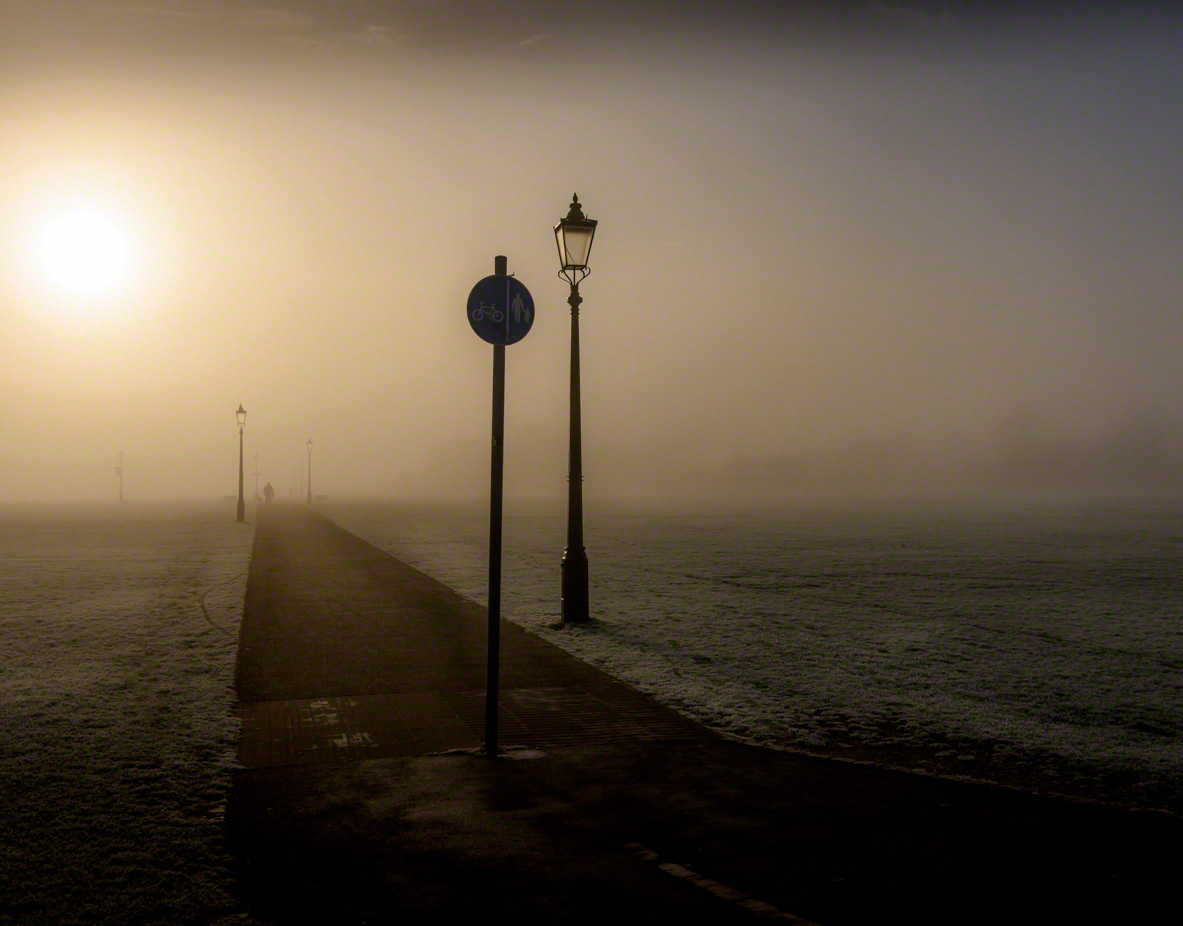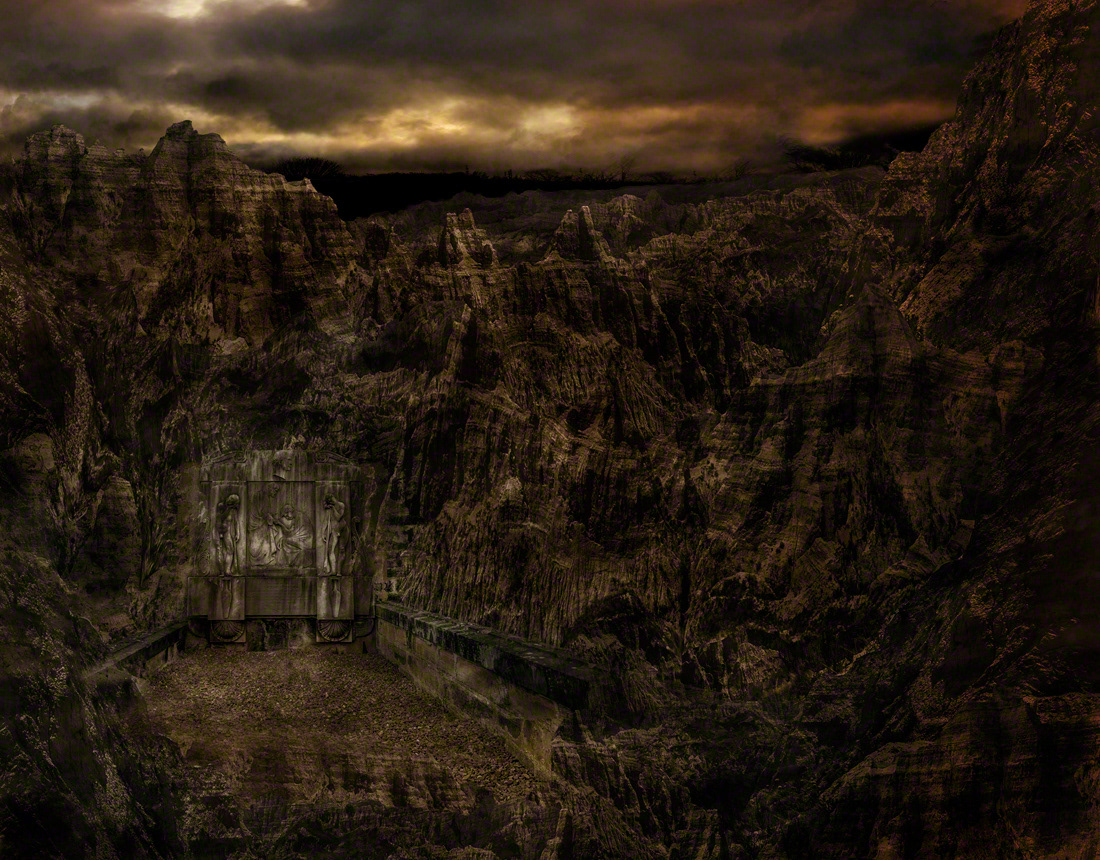El Caminito del Rey is a walkway, pinned along the steep walls of a narrow gorge in El Chorro, near Ardales in the province of Málaga, Spain. The walkway had fallen into disrepair and was partially closed for over a decade. The walkway is 1 metre (3 ft) in width, and rises over 100 metres (330 ft) above the river below.
You may also like

Achachila Mayor: el Illimani
A view from the holy mountain Illimani and the Cordillera Real in the department of La Paz from Alercaya.

Archangel Selaphiel of the Andes
Visiting a museum recently, viewing a medieval painting of an angel I had the inspiration to portray one of my own interpretation, setting it in the pagan world of Andean traditions.

An Unkindness or a Conspiracy of Ravens
As the title says: an unkindness of ravens.
I believe English is the only language which has an adjective for a group or gathering of birds, animals, fish...

A Garden...
While having breakfast I noticed this wall....

The Thames from Greenwich pier

As the fog clears...
Early morning as the fog clears, Greenwich Park

Blue pot and portraits
This self portrait should in fact have a subtitle "After Ricardo Perez Alcalá", a Bolivian artist considered to be one of the best aquarellist of Latin America, born in 1939 and died 2013, born in Potosí, Bolivia. In his later years he stated: 'I used to paint what I saw, I now paint what I imagine', very close to my own perception of 'not WHAT I see but HOW I see it'

The lost mural
A lost grave in the hills...

Flowers for Peace in the World.

The coming Winter
Same day, second shoot when photographing Autumn Vase.